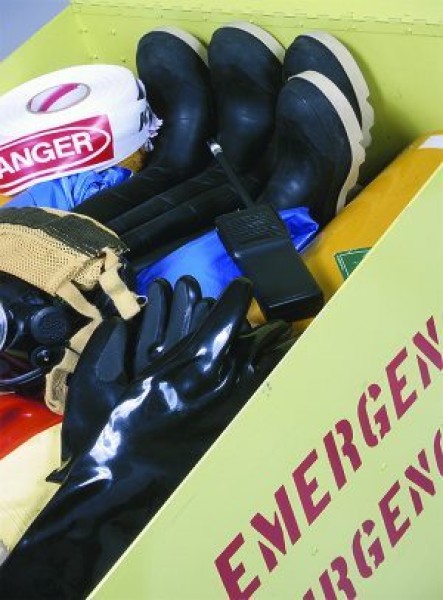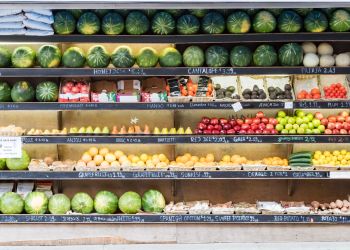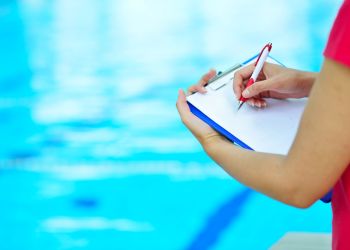Thank you to Rachael Piltch-Loeb and Eva Stanton at Harvard EPREP who led the workshop at Preparedness Summit 2023 and helped with this post.
At the recently concluded Preparedness Summit in Atlanta, GA, a workshop on risk communication in public health emergencies highlighted how disasters like COVID-19, Mpox, and the Ohio train derailment have affected the public’s ability to trust messaging from the government. The problem in turn, has created a practical and professional challenge for local health officials to continue with their preparedness response work and health education campaigns. This blog highlights the experiences of preparedness officials in the room along with helpful tips and resources for local governments to turn to in similar situations.
All Emergencies Start Local, So Does All Communication
Plainly communicating risk that’s backed by scientific accuracy is by no means easy. It can be particularly difficult to communicate risk in an unprecedented emergency where the characteristics of the event are changing faster than emergency responders can keep up. Throw into the mix high levels of public anxiety and the situation may worsen, deteriorating trust in government and placing local officials at risk of losing their jobs, or worse.
So, what risk communication standards can officials keep in mind as they navigate emergencies? In other words, what can help local government officials become trusted messengers among their communities once again?
Principles of Emergency Risk Communication
The Harvard T.H. Chan School of Public Health’s Emergency Preparedness Research Evaluation & Practice (EPREP) Program identified nine principles for emergency risk communication: 1) Timeliness, 2) Transparency, 3) Coordination, 4) Consistency, 5) Accountability, 6) Political Independence, 7) Responsiveness, 8) Equity, and 9) Trustworthiness. With support from the UK Cabinet Office and the NATO Program for Science Peace and Security, the EPREP team spent the past year interviewing public risk communicators from 27 counties to develop these principles.
Some of the conversations in the room pertaining to a few of these principles are outlined below. More information and guidance related to the principles can be found here.
Timeliness: Improving the speed of decision-making and message clearance processes in governments can help, and preparedness staff in the room recommended publicly archiving information released about an emergency so that the public can see for themselves how the information is changing over time.
Transparency: Though there can be a discomfort in admitting “We don’t know yet” in a press/public meeting setting, it can be helpful to be direct about what is known and what is not yet known about an emergency situation. Embracing transparency of this measure despite the economic, social, and political consequences may be to the advantage of responding agencies as far as sustaining public trust is concerned. When communicating information that has changed, make sure the public knows why that is and why it is all right that it is changing.
Consistency: Ensuring the same information has been released both internally and externally is important so if the public or media calls any department, the information that is conveyed is consistent. Keeping web pages and other public-facing sources up to date by removing outdated information and customizing Frequently Asked Questions online to different subsets of the audience was also considered good practice.
Related to the sixth principle, political independence, attendees in the room agreed that mixing politics into an emergency almost never helps garner trust with the public. For example, having a political figure like the mayor of the impacted region or the public relations department under the mayor’s office lead the emergency communications process could potentially backfire with the evidence-based approach the situation demands. If political leaders or their spokespeople must get involved, ensuring that they personally follow the behaviors they publicly recommend are paramount. Any example otherwise could degrade trust in the representative and associated agencies significantly, further undermining current and future public safety response situations.
Accountability: Attendees noted that the average person on the internet can spew misinformation and be largely held unaccountable while agency representatives are held up to “zero tolerance” policies regarding errors in their line of work. This mindset is troublesome and frustrating, attendees agree. Along with admissions of “We don’t know yet,” it may be beneficial for governments to acknowledge mistakes as they occur. The more agencies do this, the better it will connect to future messaging which may or may not change as the emergency does.
Trustworthiness: Every aspect of risk communication in an emergency dictates an established level of trust between the message provider and consumer, and this trust does not happen overnight. Attendees agree, and this was a common thread at several panels and plenaries in the Summit, that the best time to engage with the public and gain their trust is in the period between emergencies. This time is not only dedicated to establishing trust externally but also internally between the different branches of government that are likely to be working together during emergencies.







